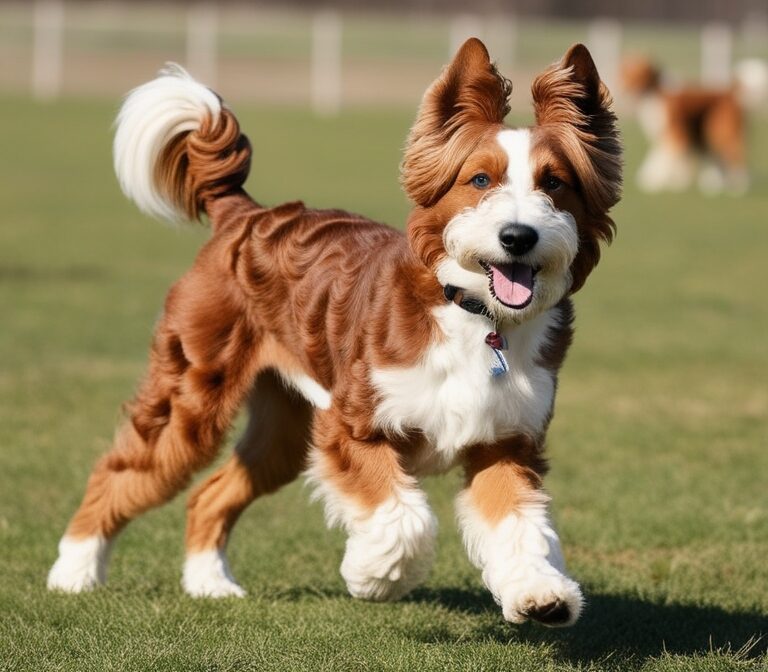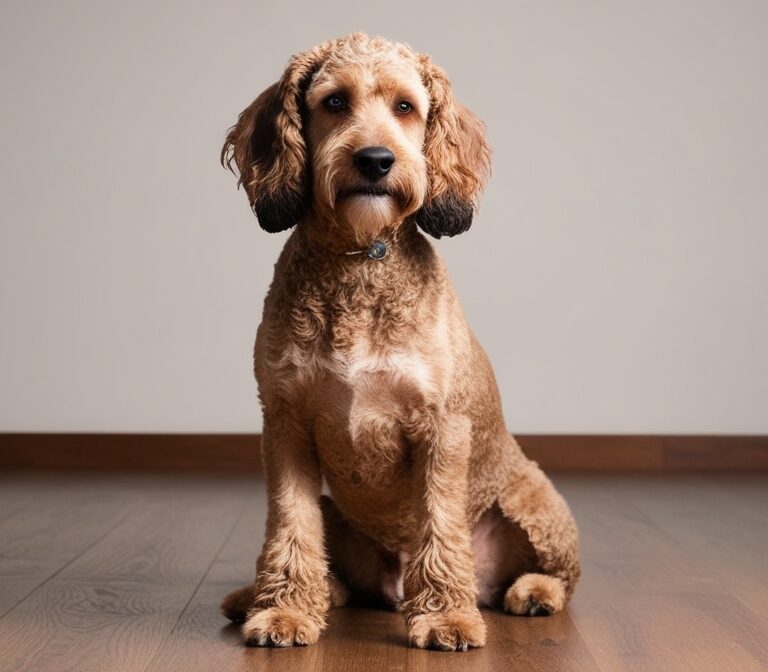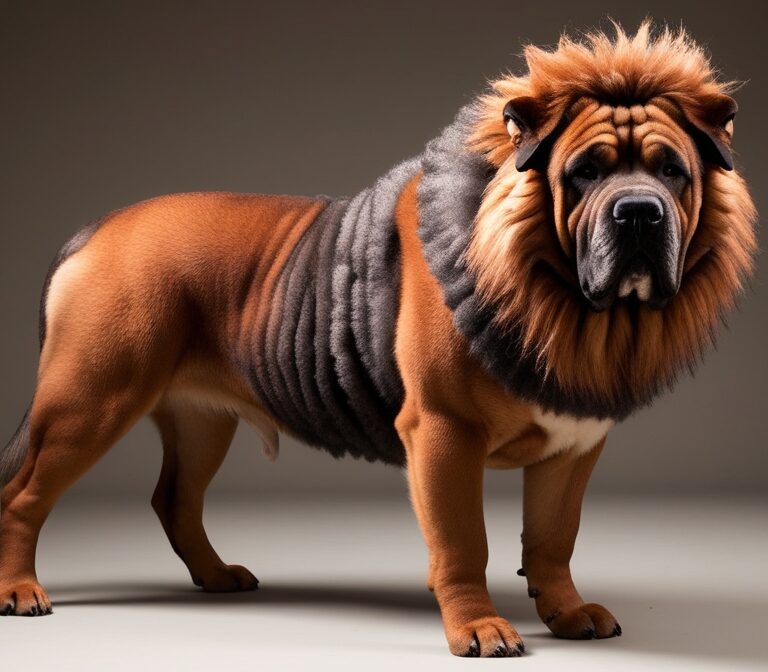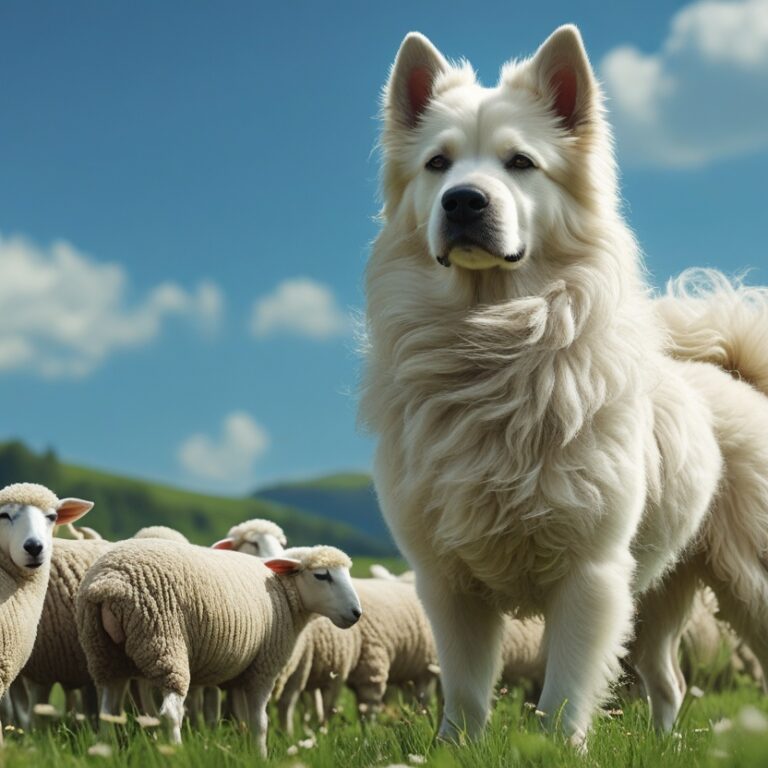Entlebucher Mountain Dog: Complete Breed Guide for Owners and Enthusiasts
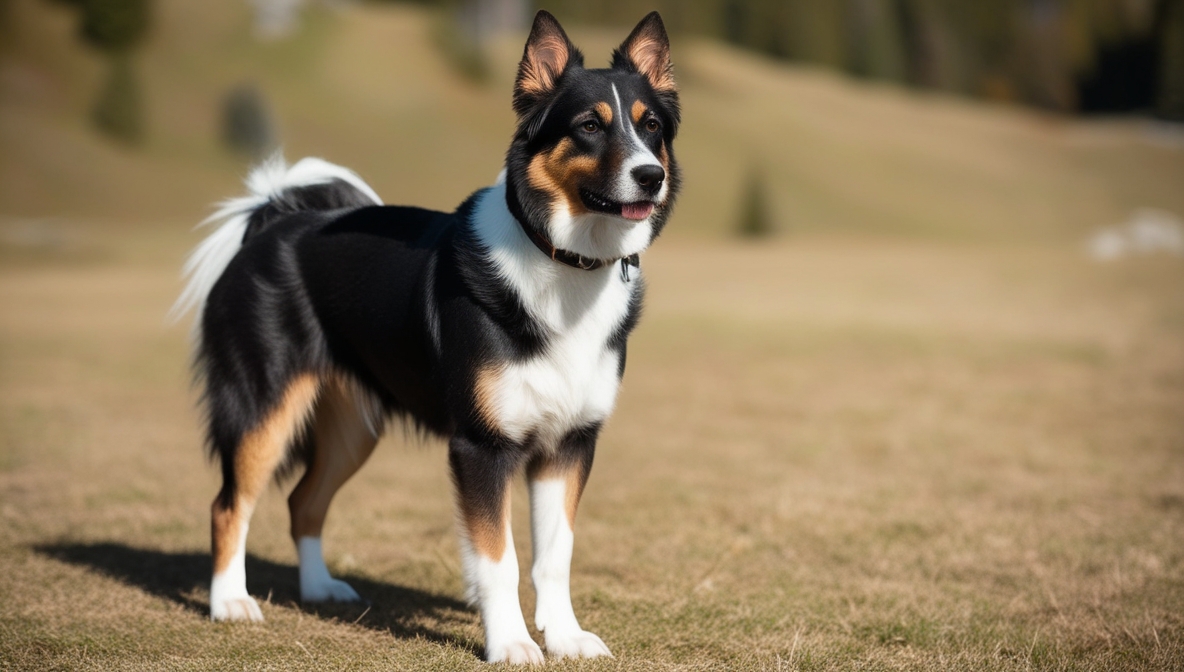
Introduction to the Entlebucher Mountain Dog
The Entlebucher Mountain Dog, also known as the Entlebucher Sennenhund, is a medium-sized Swiss herding breed with a loyal, intelligent, and highly energetic temperament. Originating from Switzerland’s mountainous regions, this dog belongs to the Sennenhund family, which also includes the Bernese Mountain Dog, Appenzeller Sennenhund, and Greater Swiss Mountain Dog. Among these, the Entlebucher is the smallest, yet it is equally robust and hardworking.
This breed is instantly recognizable by its tricolor coat — black with rich tan markings and crisp white patches on the chest, paws, and face. With an average height of 42–52 cm and a weight range of 20–30 kg, the Entlebucher strikes a balance between strength and agility.
What makes the Entlebucher stand out is its personality. These dogs are loyal, agile, and independent, yet form deep emotional bonds with their families. Historically bred for cattle herding, they still display strong herding instincts today, making them suitable for active owners who can provide plenty of exercise and stimulation.
Modern owners appreciate the breed for its devotion and protective nature. The Entlebucher is not a lap dog but thrives in environments where it can perform tasks, learn commands, and engage in outdoor activities. Because of its energy level, this breed is better suited for experienced dog owners who understand training and mental stimulation needs.
In this guide, we’ll explore everything from the history and origins of the Entlebucher Mountain Dog to its temperament, training, grooming, health care, and suitability for families. Whether you are considering adopting one, buying a puppy, or simply researching Swiss dog breeds, this article offers a comprehensive view of the Entlebucher to help you make an informed decision.
Origins and History of the Entlebucher Sennenhund
The Entlebucher Sennenhund traces its roots to the Swiss Alps, where it was developed as a versatile cattle herding dog. The name “Sennenhund” translates to “herdsman’s dog,” reflecting its traditional role of driving cattle from mountain pastures into the valley.
The Entlebucher was first officially described in 1889 by Dr. Albert Heim, a Swiss geologist and dog breed historian, who categorized the four Sennenhund breeds: the Bernese, Appenzeller, Greater Swiss Mountain Dog, and the Entlebucher. Among them, the Entlebucher is the smallest but perhaps the most energetic.
Historically, these dogs served farmers and alpine herders, acting not only as cattle drivers but also as guard dogs for livestock and property. Their natural alertness, stamina, and independence made them indispensable working companions in rugged terrain.
Recognition of the breed came later. The Swiss Kennel Club first registered the Entlebucher in 1913, but its numbers remained low due to its limited geographic presence in the Entlebuch Valley, from which it takes its name. It wasn’t until the 20th century that organized breeding programs began to protect and expand the population.
Today, the Entlebucher Mountain Dog is recognized by major kennel clubs, including the American Kennel Club (AKC), Federation Cynologique Internationale (FCI), and United Kennel Club (UKC). Despite its growing recognition, the Entlebucher remains relatively rare worldwide compared to its larger cousin, the Bernese Mountain Dog.
This breed’s history highlights its close connection to Swiss farming traditions, making it not just a companion but a working dog bred for endurance, loyalty, and intelligence.
Relation to the Swiss Mountain Dog Family
The Entlebucher Mountain Dog belongs to the Sennenhund family, which consists of four distinct breeds:
- Greater Swiss Mountain Dog – the largest and most powerful.
- Bernese Mountain Dog – a large, long-haired family companion.
- Appenzeller Sennenhund – a medium-sized, highly active herder.
- Entlebucher Sennenhund – the smallest, compact, and agile.
All four share ancestral roots in Swiss herding traditions, developed to assist farmers in mountainous terrains. They are characterized by their tricolor coats, strong working abilities, and loyalty to human handlers.
The Entlebucher distinguishes itself with its smaller stature and unrelenting energy. While the Greater Swiss was bred primarily for draft work (pulling carts), and the Bernese evolved into a farm guardian and family pet, the Entlebucher retained a sharper focus on herding and driving cattle.
Another distinction lies in coat type: while the Bernese has a long, silky coat, the Entlebucher sports a short, dense double coat, which requires less maintenance and is well-suited to outdoor labor.
In terms of temperament, Entlebuchers are more independent and stubborn than Bernese but more manageable than the Appenzeller, which is famously spirited. Their balance of loyalty, work ethic, and agility makes them highly versatile.
Understanding the Entlebucher’s place within the Swiss Mountain Dog group provides clarity on its unique characteristics. For anyone choosing between these breeds, the Entlebucher is the best choice for active owners seeking a medium-sized, energetic herding dog that thrives on both work and companionship.
Physical Characteristics of the Breed
The Entlebucher Mountain Dog has a distinctive appearance that immediately sets it apart from other medium-sized working dogs. Its compact yet muscular build reflects its role as a cattle herding breed bred to withstand long hours of outdoor activity in the rugged Swiss Alps.
Size and Weight Standards
According to the American Kennel Club (AKC) and Federation Cynologique Internationale (FCI) standards, male Entlebuchers measure 44–52 cm at the shoulder, while females stand slightly shorter at 42–50 cm. Weight typically ranges from 20–30 kg, depending on genetics, diet, and exercise. Despite their moderate size, these dogs are remarkably strong and agile, enabling them to herd cattle with precision and endurance.
Coat Colors and Patterns
The breed is instantly recognizable by its tricolor coat, which is a signature feature of all Sennenhund breeds. The base color is jet black, with symmetrical rust-colored markings above the eyes, cheeks, and legs. White markings appear on the muzzle, chest, paws, and often as a blaze on the face. The coat itself is short, dense, and double-layered, providing insulation against cold mountain weather while remaining low-maintenance compared to long-haired breeds like the Bernese Mountain Dog.
Distinctive Tricolor Markings
Breed standards emphasize the importance of clearly defined markings. For example, symmetrical white blazes on the face and chest are highly desirable in show-quality dogs. While minor variations exist, the overall tricolor pattern is consistent across the breed and plays a role in its breed identity.
The Entlebucher’s erect stance, almond-shaped brown eyes, and triangular ears convey alertness and intelligence. Its tail is traditionally natural and carried high, often with a slight curve, though some dogs are born with a bobtail.
In summary, the Entlebucher combines strength, balance, and agility in a medium-sized package. Its physical build reflects its working heritage while its striking tricolor coat makes it a visually appealing breed. These characteristics, coupled with its energetic personality, make it well-suited for both active companionship and working environments.
Temperament and Personality Traits
The temperament of the Entlebucher Mountain Dog is one of its most defining features. Known for being intelligent, agile, loyal, devoted, and independent, this breed requires a specific type of owner who can handle its energy and strong will.
Intelligence and Problem-Solving
Entlebuchers rank among the most intelligent working dogs, excelling in problem-solving and task-oriented activities. Their intelligence makes them quick learners, but it also means they require consistent training and mental stimulation. Without proper guidance, their cleverness can turn into mischief, as they may devise their own activities when bored.
Loyalty and Devotion
One of the breed’s strongest traits is its unwavering loyalty. Entlebuchers form deep bonds with their families and thrive when included in daily activities. They are often described as “velcro dogs”, following their owners around the house. This devotion also translates into a strong protective instinct, making them natural watchdogs.
Independence and Training Challenges
Despite their loyalty, Entlebuchers are also independent thinkers, which can pose challenges for first-time owners. Their stubborn streak requires patient, firm, yet positive training methods. Harsh techniques are counterproductive, as this breed responds best to reward-based reinforcement.
Suitability for Families with Children
With proper socialization, Entlebuchers can make excellent family dogs, especially in households with older children who understand canine boundaries. Their high energy and herding instincts may lead them to nip or herd small children, so supervision and early training are essential.
In summary, the Entlebucher is a devoted, intelligent, and spirited companion that thrives in an active household. Owners must be ready to meet their mental and physical needs while appreciating their independence and working heritage.
Exercise Requirements
The Entlebucher Mountain Dog is an active and athletic breed that requires significant exercise to maintain its health and happiness. Originating as a cattle herding dog, this breed is built for endurance and thrives in environments where it can burn energy daily.
Daily Activity Levels
Entlebuchers need at least 60–90 minutes of vigorous exercise daily, divided between walks, playtime, and structured activities. Unlike some breeds that are content with short strolls, Entlebuchers demand more intense physical engagement, such as running, hiking, or agility training.
Herding Instincts and Mental Stimulation
Because of their herding background, Entlebuchers have strong drive and focus. They enjoy activities that mimic herding, such as herding trials, fetch, and chase games. Mental stimulation is equally important — puzzle toys, obedience training, and scent work keep them engaged and prevent boredom-related behaviors like chewing or digging.
Best Activities for Entlebuchers
Some ideal activities include:
- Agility training – obstacle courses that challenge both mind and body.
- Hiking and trail running – perfect for their stamina and love of the outdoors.
- Canine sports – such as flyball or obedience competitions.
- Advanced obedience or trick training – utilizing their intelligence and eagerness to learn.
Owners who fail to meet these exercise needs often find their Entlebuchers developing behavioral problems such as excessive barking, destructiveness, or restlessness. Conversely, well-exercised Entlebuchers are happy, calm, and affectionate companions at home.
In essence, the Entlebucher Mountain Dog is not a “couch potato” breed. It thrives with active owners, outdoor lifestyles, and structured training, making it an excellent match for hikers, runners, and families who enjoy active living.
Training the Entlebucher Mountain Dog
Training an Entlebucher Mountain Dog requires a balance of patience, consistency, and creativity. This breed’s intelligence and independence make it capable of learning advanced commands, but its stubborn streak means owners must approach training strategically.
Positive Reinforcement Techniques
Entlebuchers respond best to positive reinforcement, including treats, praise, and play-based rewards. Harsh corrections or dominance-based methods backfire with this breed, as they may become resistant or withdrawn. Short, engaging training sessions work better than repetitive drills.
Socialization with Other Pets
Early socialization is critical to prevent behavioral issues. Entlebuchers are naturally cautious around strangers and may be assertive with other dogs. Introducing them to diverse environments, people, and animals from puppyhood helps shape a confident, balanced temperament.
Overcoming Stubbornness
The breed’s independent nature can lead to moments of stubbornness, especially if they sense inconsistency. Firm leadership combined with positive motivation helps overcome these challenges. Owners should establish clear rules and boundaries early on.
Entlebuchers also excel in advanced obedience, agility, herding trials, and canine sports, where their intelligence and energy are fully utilized. Owners who invest time in training reap the benefits of a loyal, well-mannered, and versatile companion.
Conclusion
The Entlebucher Mountain Dog is a unique blend of intelligence, loyalty, agility, and independence. As the smallest member of the Swiss Mountain Dog family, it carries a rich history of cattle herding and farm work in the Swiss Alps. Its medium size, muscular build, and tricolor coat make it visually striking, but it is the breed’s devotion and working spirit that truly stand out.
This breed is best suited for active owners who can meet its high exercise and mental stimulation requirements. A minimum of 60–90 minutes of vigorous activity daily, combined with structured training and engaging tasks, is essential to keep the Entlebucher happy and balanced. Without this, the dog may develop behavioral issues, such as restlessness or excessive barking.
The temperament of the Entlebucher is both rewarding and challenging. On one hand, it offers deep loyalty, protective instincts, and strong companionship. On the other, it displays independence and occasional stubbornness, which require patient, consistent, and positive training methods. For families with older children and experienced dog owners, the Entlebucher can become a devoted, loving member of the household.
Health-wise, the breed is generally robust, with a lifespan of 11–15 years, though owners should be aware of potential conditions such as hip dysplasia, progressive retinal atrophy, and spinal disorders. Regular veterinary checkups, a balanced diet, and preventative care are essential for long-term well-being.
When compared to its larger cousins — the Bernese Mountain Dog, Greater Swiss Mountain Dog, and Appenzeller — the Entlebucher is the most agile and energetic, making it ideal for those who prefer a medium-sized working dog. However, its relative rarity also means that finding a responsible breeder or adoption option may require research and patience.
In conclusion, the Entlebucher Mountain Dog is not a breed for everyone. It is not suited for apartment living or sedentary lifestyles. But for owners who value outdoor adventures, structured training, and a strong canine bond, this breed offers an unparalleled companion. If you are prepared for the commitment of exercise, training, and active living, the Entlebucher Mountain Dog may be the perfect addition to your family.

